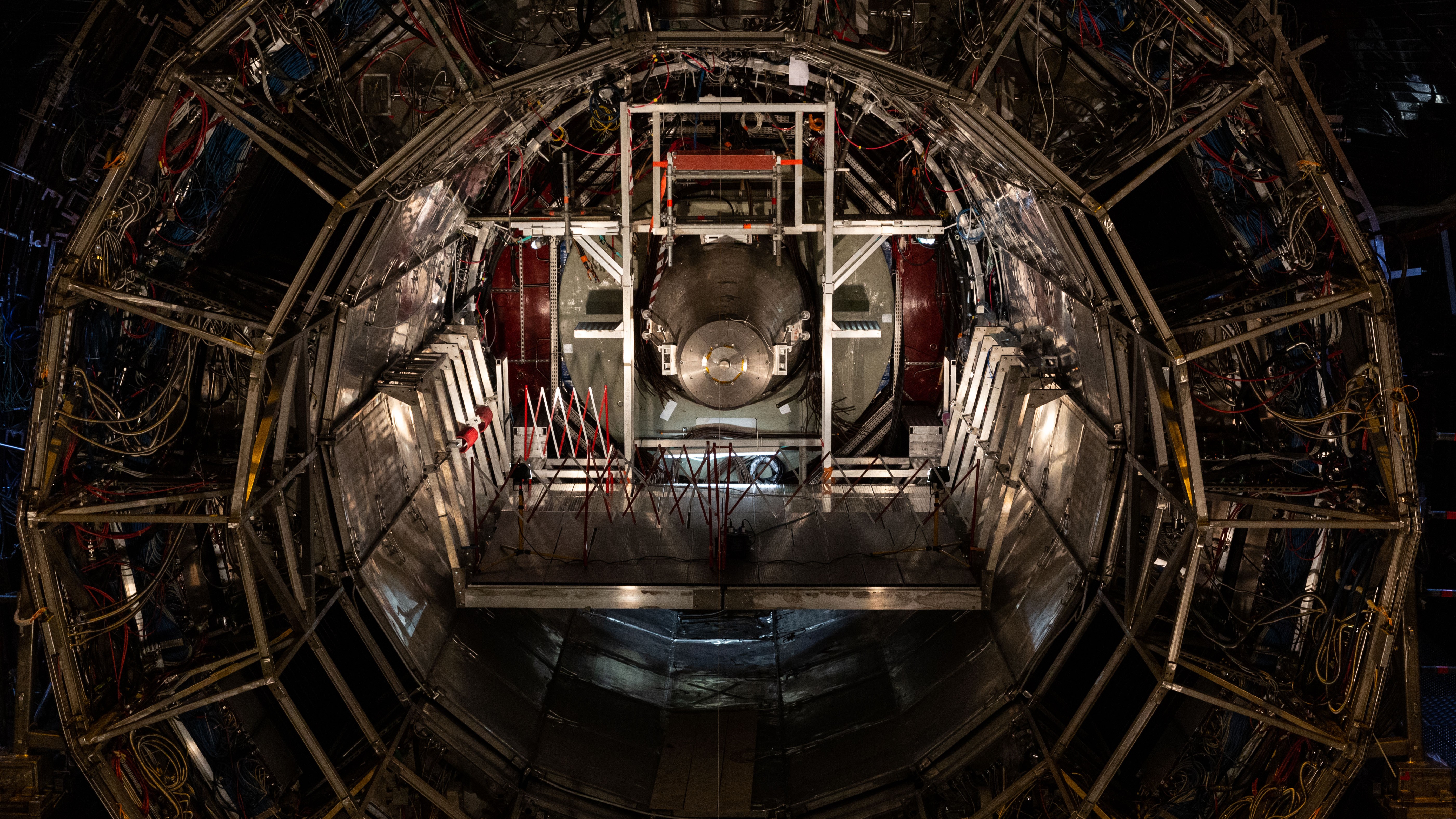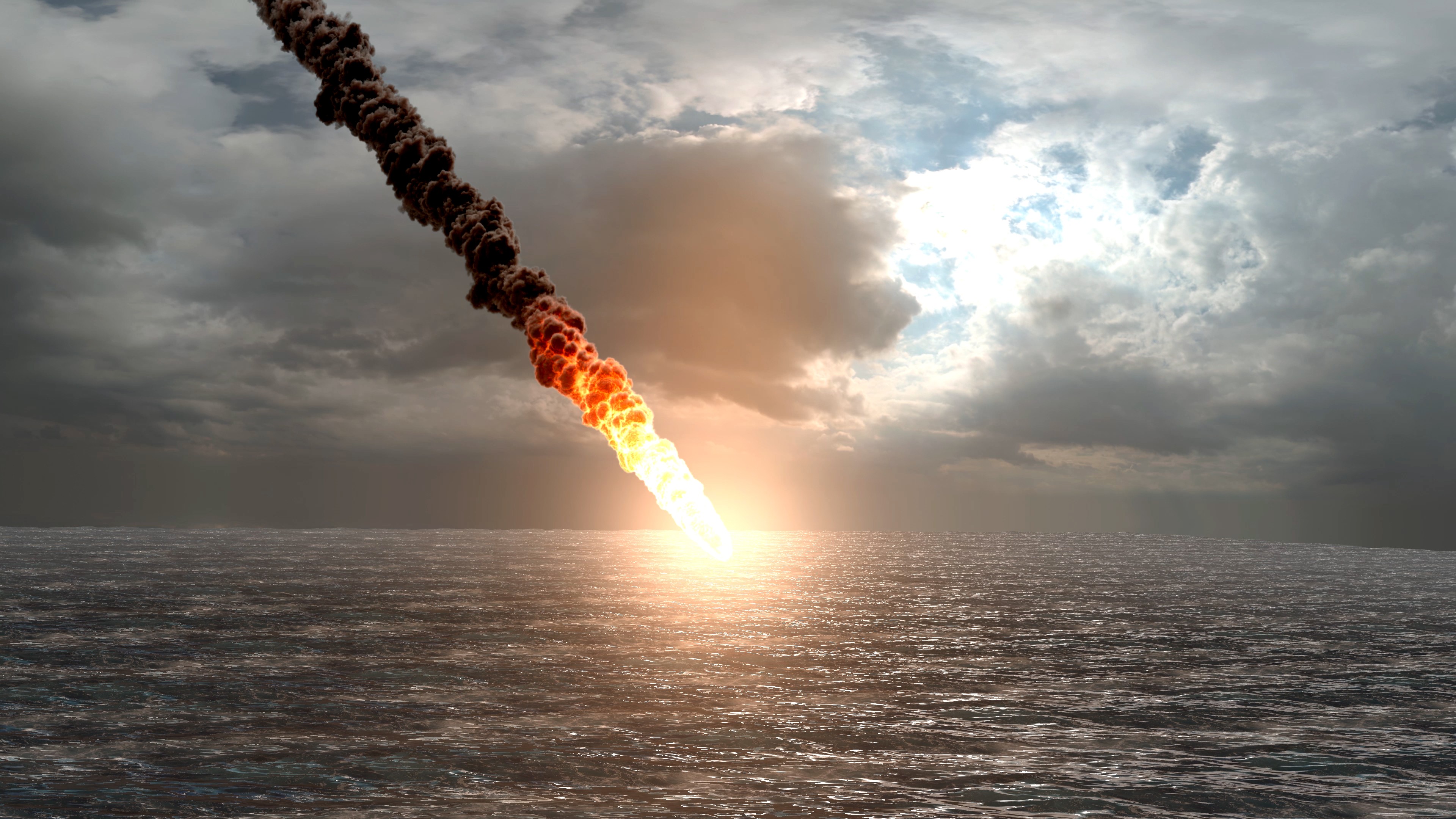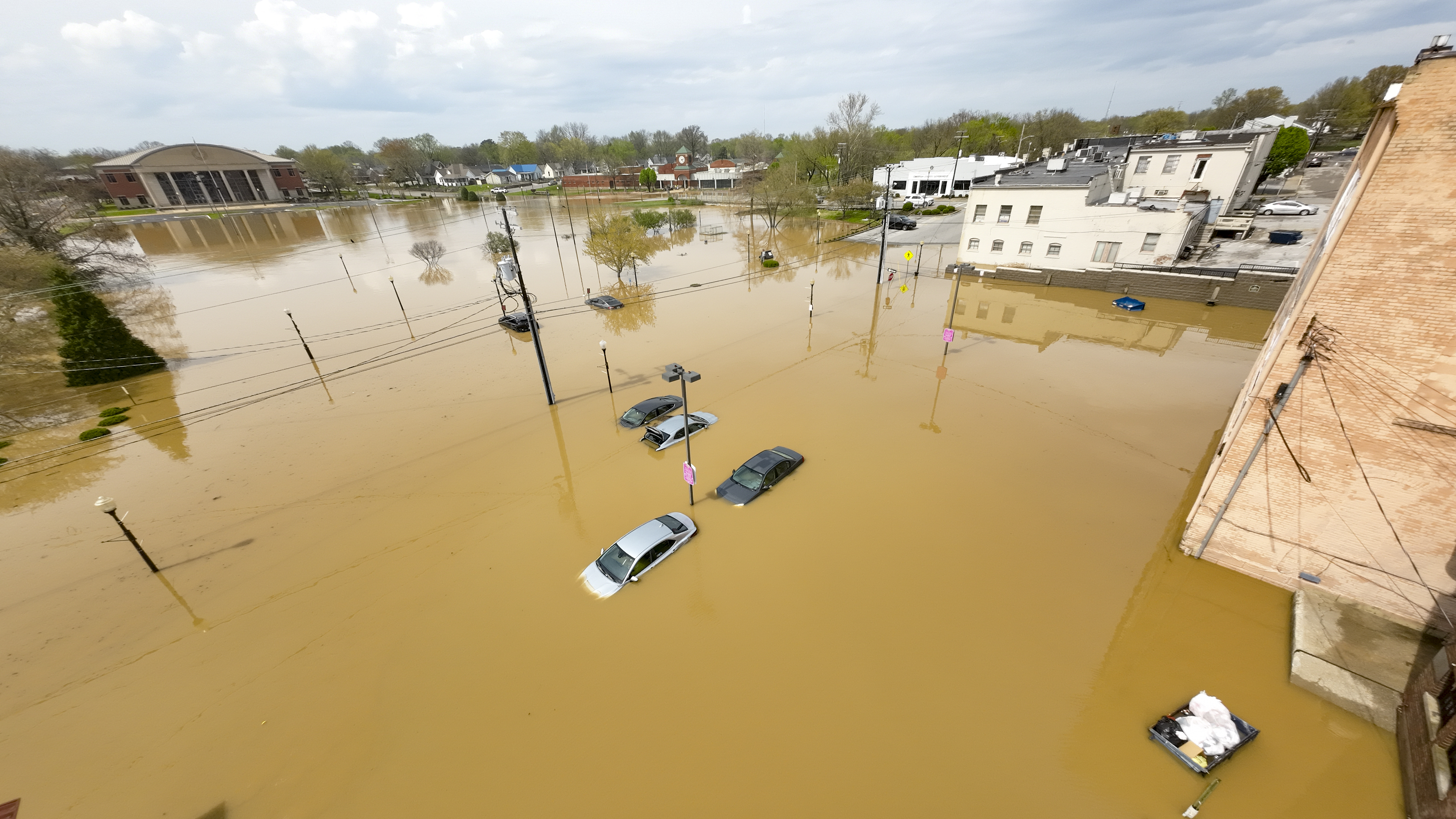Origin of Mysterious 'Cannon Earthquakes' in Red Sea Found

Mysterious earthquakes that sound like cannon blasts have been puzzling people for decades, and now their origin has been traced way back to a giant block of volcanic rock hundreds of millions of years old, researchers say.
For generations, Bedouin nomads living in the region of the Egyptian coastal resort Abu Dabbab, by the Red Sea, have heard noises that sound like cannon blasts accompanying small quakes in the area.
"The name of Abu Dabbab are Arabic words that mean 'the Father of Knocks,' which is related to the sound heard in this area," Sami El Khrepy, a seismologist at King Saud University in Riyadh, Saudi Arabia, told Live Science.
Previous research had found that rocks in the region are about twice as warm as they are elsewhere in Egypt, suggesting that rising magma may be related to the origin of these "cannon earthquakes." However, there has been no volcanic activity in the region in at least 65 million years, so the scientists ruled out that possibility. [The 10 Biggest Earthquakes in History]
So, to learn more about what could be causing these noisy earthquakes, El Khrepy and his colleagues analyzed the structure of the crust at Abu Dabbab as well as data collected by the National Seismic Network of Egypt, which was completed in 2002. Then, they applied a technique known as seismic tomography, which uses information on the speed of seismic waves to create a 3D map of rock types in the area — similar to the way ultrasound can produce images of pregnancies.
Earthquake swarms are common near Abu Dabbab. However, most of these quakes are weak, ranging in magnitude from 0.3 to 3.5. The largest well-documented earthquakes in the area, which reached magnitude 6.1 and magnitude 5.1, happened in 1955 and 1984, respectively.
The scientists found that the earthquakes at Abu Dabbab occur along an imaginary line that extends from the coast into the Red Sea. This seismic activity is apparently caused by an active fault that lies below a 6-mile-deep (10 kilometers) block of rigid volcanic or igneous rock that's at least 540 million years old. The fault originated from the rifting of the Earth that created the Red Sea that began about 30 million years ago. (The African and Arabian tectonic plates have been spreading apart slowly in a rifting process for the past 30 million years.)
Sign up for the Live Science daily newsletter now
Get the world’s most fascinating discoveries delivered straight to your inbox.
The researchers said the surface of the block slides along active parts of the fault, lubricated by water from the Red Sea that has penetrated the crust.
"We think the large and rigid block of igneous crust acts as a sort of broadcaster, allowing the full sounds of seismic movement to rise through the rock with little weakening of the acoustic signal," El Khrepy said. "The high-frequency sounds of earthquakes can then be heard by humans at the surface."
The scientists detailed their findings today (June 15) in the journal Bulletin of the Seismological Society of America.
Follow Live Science @livescience, Facebook & Google+. Originally published on Live Science.










